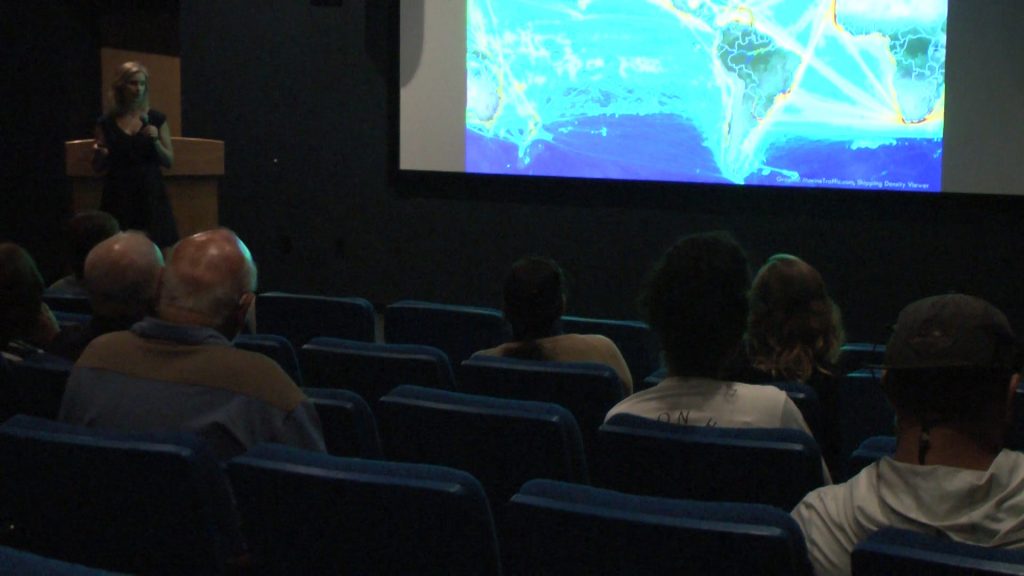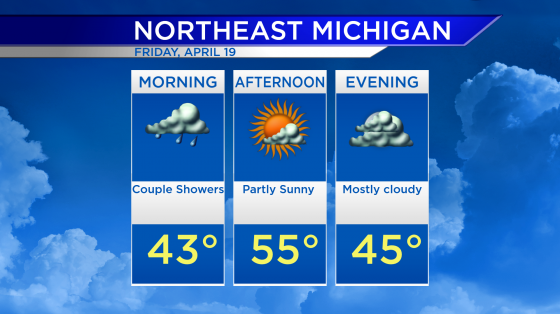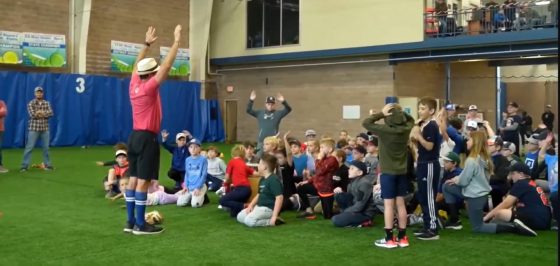Dr. Nancy Foster Scholars touch on different research at ocean marine sanctuaries

Dr. Nancy Foster Scholar Samara Haver discusses how sound travels all over the ocean and it's potential harm to marine life.
Alpena — Thursday night saw the community engage with four of the Dr. Nancy Fosters from the NOAA Office of Marine Sanctuaries.
Just over 30 people packed into the Great Lakes Maritime Heritage Center Theater to listen to some of the brightest minds in environmental and marine research. The lecture was done in part with the Thunder Bay National Marine Sanctuary ‘Lecture Series’ which features different intellects, innovators, and scientist throughout the year.
Nancy Foster Scholar Nissa Kreidler kicked off the lecture with her research on deep sea coral off the coast of Southern California. The audience banter back and forth with Kreidler, who asked questions on different factoids and numbers. Kreidler was pretty surprised but also excited when audience members were able to easily answer some of her tougher questions.
“They were very smart,” laughed Kreidler. “I thought I had some stumping questions and I found out that my audience knew the answers to them so it was really exciting to be engaged with this community.”
Jessica Hale followed Kreidler with her examination into sea otter populations and the regrowth of their species in the Pacific Northwest. Samara Haver discussed how sound pollution affects different marine mammals and the understanding of how sound travels in water. Alex Avila capped off the evening with her look into a specific rockfish population for fishing, eating, and the fishes environmental impact. The scholars fielded a number of questions after the lecture.
The scholars will now return home to their sanctuaries where they will continue to collect data and examine the topics they’ve chosen to pursue for their master’s degree or doctorate. The goal of their visit this week was focused on communication and how to better communicate their scientific research to the ordinary person to help affect change and protect their sanctuary environments.






